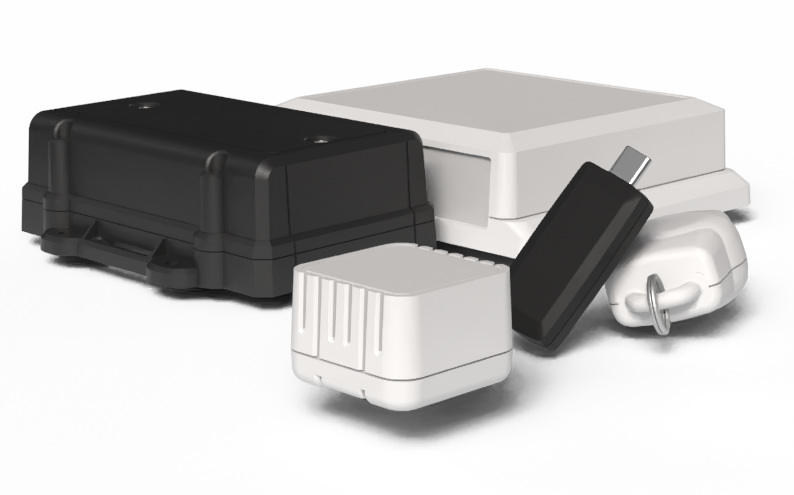
Understanding IP Ratings: A Key to Safeguarding Electronic Equipment
When it comes to protecting sensitive electronics from the challenges of the environment, the right enclosure is essential. One of the most trusted methods for determining an enclosure’s effectiveness is the IP rating system—a framework that clearly outlines how well a device is shielded against dust, water, and other external hazards.
What Are IP Ratings?
IP ratings, short for Ingress Protection ratings, were established by the International Electrotechnical Commission (IEC) to provide a standardized way to describe the level of protection provided by an enclosure. These ratings are critical in industries where equipment reliability and safety are paramount.
Each IP rating is composed of two numbers:
- The first digit indicates the degree of protection against solid particles such as dust or debris.
- The second digit reflects the level of defense against water in various forms—from light splashes to high-pressure jets.
For instance, an enclosure with an IP rating of 65 is designed to be both dust-tight (a 6 on the first scale) and capable of resisting water jets (a 5 on the second scale).
Breaking Down the Digits
To better understand what these numbers mean, consider the following breakdown:
Protection Against Solids (First Digit):
- 0: No protection against solid objects.
- 1: Safeguards against large objects (typically over 50 mm).
- 2 to 4: Provides incremental protection for objects of decreasing sizes.
- 5: Offers protection against dust that might impair functionality.
- 6: Achieves complete dust-tight performance.
Protection Against Liquids (Second Digit):
- 0: No water protection.
- 1: Shields against vertically falling water drops.
- 2: Defends against water at an angle, typically around 15 degrees.
- 3 to 4: Covers scenarios from spraying to splashing water.
- 5: Withstands water jets from any direction.
- 6: Protects against more powerful water jets.
- 7 to 8: Designed for immersion—temporary in the case of 7 and continuous in the case of 8.
- 9 (or 9k): Handles high-pressure, high-temperature water jets.
Additionally, some ratings may include extra letters that denote special features (like resistance to oil or high voltage) or operational conditions.
Comparing IP55 and IP65: Which One Fits Your Needs?
Two popular ratings in industrial and commercial applications are IP55 and IP65. While they share some similarities, the differences can be critical depending on your application:
IP55:
- Dust and Water Resistance: An IP55 enclosure provides protection against dust ingress that could affect performance, and it is capable of resisting water sprays from any direction. This rating is typically suitable for environments where exposure to heavy dust or direct water jets is not common.
- Ideal Applications: Indoor settings or controlled environments where occasional splashes or light moisture are expected.
IP65:
- Enhanced Protection: With an IP65 rating, you get a higher degree of dust-tight sealing along with superior resistance against water jets. This makes it ideal for more demanding outdoor or industrial conditions.
- Ideal Applications: Situations where equipment may be subject to frequent cleaning with high-pressure water, outdoor installations, or areas with higher levels of airborne particulates.
Deciding on the Right IP Rating
When selecting an enclosure, consider the following:
- Environmental Exposure: Assess whether your equipment will face constant dust, heavy water sprays, or immersion. For more severe conditions, an IP65 rating is typically more reliable.
- Equipment Lifespan: A higher IP rating can significantly extend the operational life of your equipment by preventing ingress-related damage.
- Safety and Compliance: In regulated industries, adhering to proper IP standards ensures that your products meet necessary safety guidelines, reducing risks in the workplace.
Final Thoughts
Understanding IP ratings is crucial for anyone looking to protect electronic devices from the rigors of their environment. By examining the level of protection against both dust and water, you can make an informed decision that maximizes the longevity and reliability of your equipment.
At New Age Enclosures, we specialize in designing enclosures that meet a wide range of IP standards, ensuring that your electronic devices are well-protected no matter where they are used. Whether you need the balanced protection of an IP55-rated enclosure or the robust security of an IP65 model, our products are engineered to deliver performance and peace of mind.

